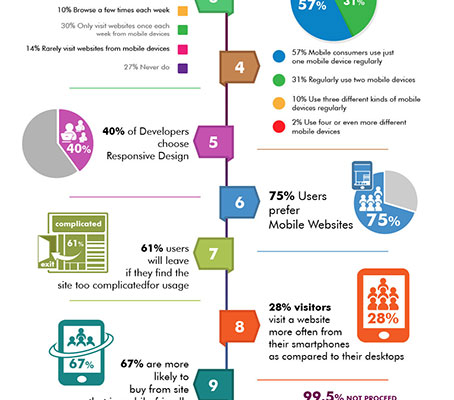So, you assume making a web site is as simple as slapping together a few attractive images and lines of code? Well, think again.
The procedure of changing an idea into a fully functioning website is a complicated trip that requires careful planning, precise study, and precise implementation. However worry not, for in this discussion, we will certainly direct you via the step-by-step process of internet site style, from defining your goals to bringing your creation to life.
Get ready to study the world of site design and uncover the keys behind creating a successful on-line existence.
Defining Your Website Goals
To begin the procedure of designing your website, you should initially define your goals. This action is vital as it establishes the foundation for the whole style process.
Start by asking yourself, what do you intend to accomplish with your website? Is it to increase online sales, create leads, or give information to your target market? Plainly verbalizing your objectives will certainly aid direct the design decisions and make sure that your internet site lines up with your general business purposes.
Once you have actually defined your goals, you can then identify the crucial performance signs (KPIs) that will determine your web site's success. These may consist of metrics such as conversion prices, bounce rates, or average session period.
Planning and Researching Your Layout
Begin by performing complete research study and preparing to make sure a well-informed and tactical site layout. This important step lays the foundation for an effective site that satisfies your objectives and satisfies your target market.
Right here are four essential jobs to finish during the planning and looking into phase:
1. ** Define your target audience **: Understand who your website is satisfying. Identify their demographics, preferences, and pain points to customize your layout accordingly.
2. ** Conduct competitor evaluation **: Research your competitors' internet sites to determine sector patterns and gain insights right into what works and what doesn't. This will certainly help you differentiate your layout and develop a distinct user experience.
3. ** Produce a sitemap **: Organize your web site's structure and web content hierarchy to guarantee simple navigating and a logical circulation for individuals. A well-structured sitemap boosts customer experience and makes info quickly accessible.
4. ** Create a content strategy **: Strategy your site's material based upon your target market and their needs. Establish what type of material will certainly involve and educate your users, and just how it will exist on your internet site.
Bringing Your Internet Site to Life
Ready to change your website from an idea to a completely functional and visually appealing online platform? It's time to bring your site to life.
This phase includes transforming your design into a truth by coding and configuring the necessary aspects.
First, you'll require to pick a Content Administration System (CMS) that suits your requirements, such as WordPress or Drupal.
Then, you'll start constructing the website framework by producing the needed web pages and organizing the material.
Next off, you'll include the style elements, consisting of colors, fonts, images, and video clips, to enhance the visual charm.
Ultimately, you'll incorporate interactive functions, such as types or chatbots, to engage your site visitors.
Throughout this procedure, it's vital to test your web site's functionality and responsiveness on different tools and web browsers to make sure a seamless individual experience.
mouse click the next web page , the internet site style procedure is a vital step in establishing an online presence. By specifying https://martintyein.bloggerswise.com/37036096/optimizing-roi-with-pay-per-click-advertising-advice-for-success , performing thorough research, and bringing your site to life, you can create a successful online platform.
Interestingly, affordable seo web design found that 88% of on the internet customers are much less most likely to return to a site after a negative user experience. This figure highlights the significance of developing an user-friendly internet site to ensure a favorable and engaging experience for visitors.
